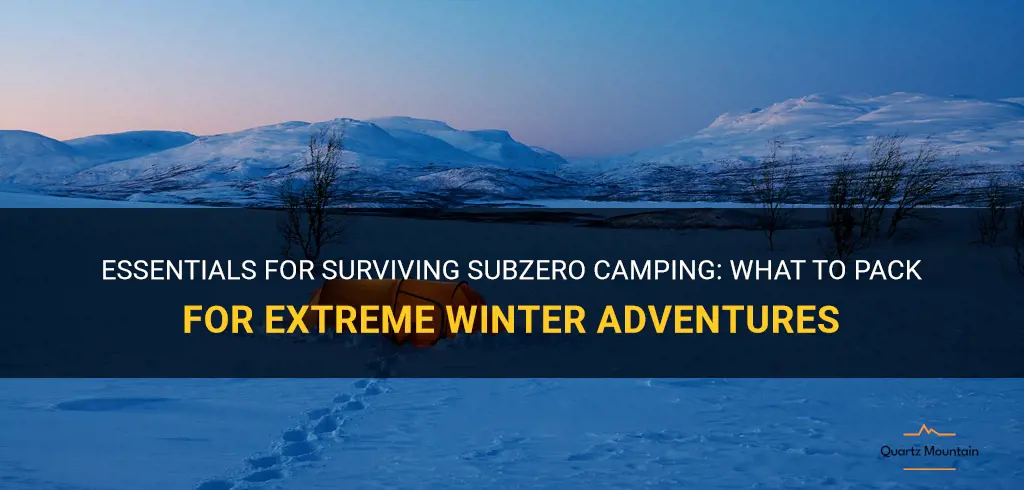
Imagine braving the icy winds, trekking through pristine snow-covered landscapes, and sleeping under a starlit sky in subzero temperatures. While it may sound like an extreme winter adventure, surviving subzero camping is not for the faint-hearted. With the right preparation and essential gear, however, you can turn this challenging experience into a thrilling and unforgettable journey. In this article, we will delve into the essentials for surviving subzero camping, highlighting the must-have gear and expert tips to ensure your safety and comfort in the harshest winter conditions. So, if you're ready to embark on an epic winter adventure, read on to discover what to pack for your extreme winter camping escapade.
| Characteristics | Values |
|---|---|
| Temperature | Subzero |
| Clothing | Layers |
| Sleeping bag | Cold weather rated |
| Tent | Weather resistant |
| Insulation | Thermals, down jacket |
| Gloves | Insulated |
| Hat | Insulated |
| Socks | Wool, thick |
| Boots | Insulated, waterproof |
| Food | High calorie, non-perishable |
| Water | Insulated bottles |
| Stove | Cold weather compatible |
| Fuel | Extra |
| Fire starter | Waterproof matches, fire starters |
| Navigation | Map, compass, GPS |
| First aid kit | Cold weather supplies |
| Lighting | Headlamp, flashlight |
| Communication | Satellite phone, radio |
| Safety | Whistle, bear spray |
| Tools | Multi-tool, knife |
| Backpack | Durable, waterproof |
| Sun protection | Sunglasses, sunscreen |
| Miscellaneous | Hand warmers, portable charger, camera |
What You'll Learn
- What essential clothing items should be packed for subzero camping?
- What type of sleeping bag is recommended for subzero temperatures?
- Are there any specific food and cooking items that should be included in a subzero camping packing list?
- What type of footwear is best suited for subzero camping conditions?
- Are there any additional equipment or gear items that are necessary for subzero camping trips?

What essential clothing items should be packed for subzero camping?
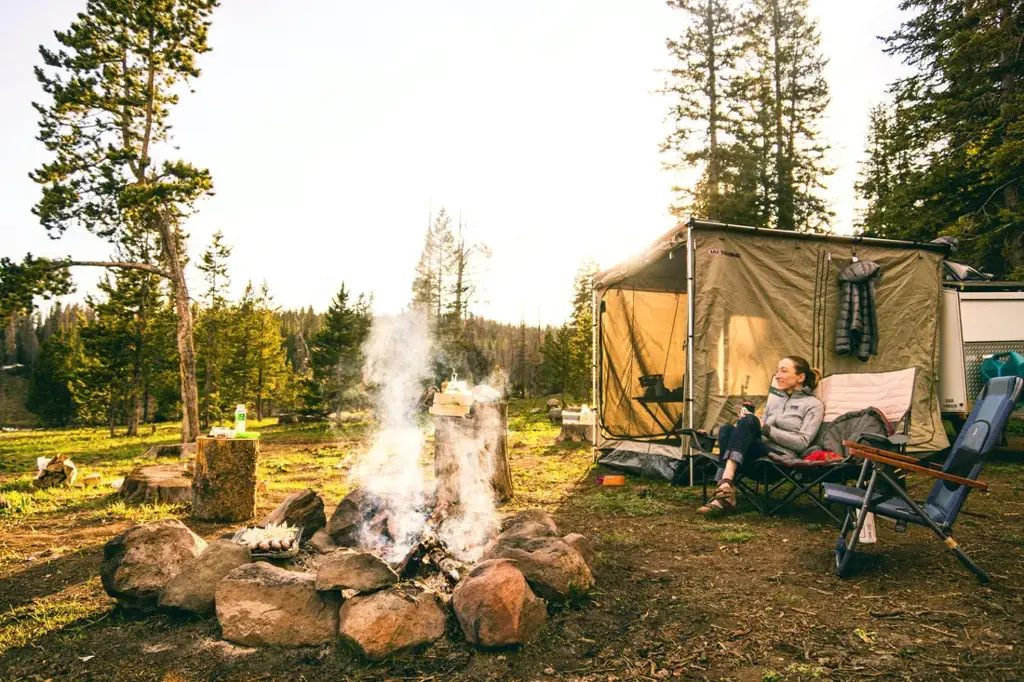
When venturing into subzero camping conditions, it is vital to be properly prepared and equipped with the necessary clothing items to ensure your safety and comfort. Whether you are going for a winter camping trip or climbing at high altitudes, below are some essential clothing items that should be packed to combat the extreme cold.
- Base Layers: Start with a good set of base layers made of moisture-wicking materials such as merino wool or synthetic fabrics. These will help to keep your body dry by moving sweat away from your skin, preventing you from getting chilled.
- Insulating Layers: The next layer should consist of insulating garments. Fleece jackets or down-filled vests are great options as they provide excellent warmth and insulation while being lightweight and easy to pack. Make sure to choose layers that can be easily added or removed to regulate body temperature.
- Windproof and Waterproof Outer Layer: A high-quality windproof and waterproof outer layer, such as a waterproof shell jacket and pants, is essential to protect you from rain, snow, and wind. Look for garments that have breathable membranes to prevent sweat build-up while still keeping you dry.
- Insulated Jacket: In subzero temperatures, it is crucial to have an insulated jacket with a high warmth-to-weight ratio. Down jackets are widely regarded as the best choice due to their exceptional insulation properties. However, synthetic insulated jackets are also a good alternative, especially in wet conditions where down jackets may lose their insulation qualities.
- Insulated Pants: Alongside a warm jacket, insulated pants are equally important. Insulated pants will help to maintain core body temperature, especially when sitting or kneeling on the cold ground for extended periods.
- Socks: Properly insulating your feet is crucial in a subzero camping environment. Choose thick, moisture-wicking socks made of wool or synthetic materials. Consider layering them with a thinner moisture-wicking liner sock to enhance insulation and prevent blisters caused by friction.
- Gloves and Mittens: Protecting your hands is vital in subzero temperatures. Pack a combination of gloves and mittens to provide versatility. Insulated gloves work well for active tasks, while mittens are excellent for providing maximum warmth during periods of inactivity.
- Hats and Neck Gaiters: To prevent heat loss from your head, wear a warm hat made of insulating materials such as wool or fleece. Additionally, pack a neck gaiter or balaclava to protect your face and neck from the biting cold winds.
- Insulated Boots: Invest in a good pair of insulated boots with excellent traction to keep your feet warm and dry. Look for boots with a waterproof membrane and thick insulation, such as Thinsulate or PrimaLoft, to protect your feet from the cold ground and wet conditions.
- Gaiters: When camping in snow or wet conditions, gaiters are essential to keep snow, moisture, and debris out of your boots. They provide an added layer of protection for your lower legs, ensuring that your boots remain dry and insulated.
Remember to pack additional layers in case of unexpected weather changes or for layering up during colder periods. It is crucial to test and familiarize yourself with your gear before heading into subzero conditions to ensure everything fits properly and functions as intended. Following these guidelines will help keep you warm, dry, and comfortable during your subzero camping adventure.
Essential Items to Pack for Travel During the Coronavirus Pandemic
You may want to see also

What type of sleeping bag is recommended for subzero temperatures?
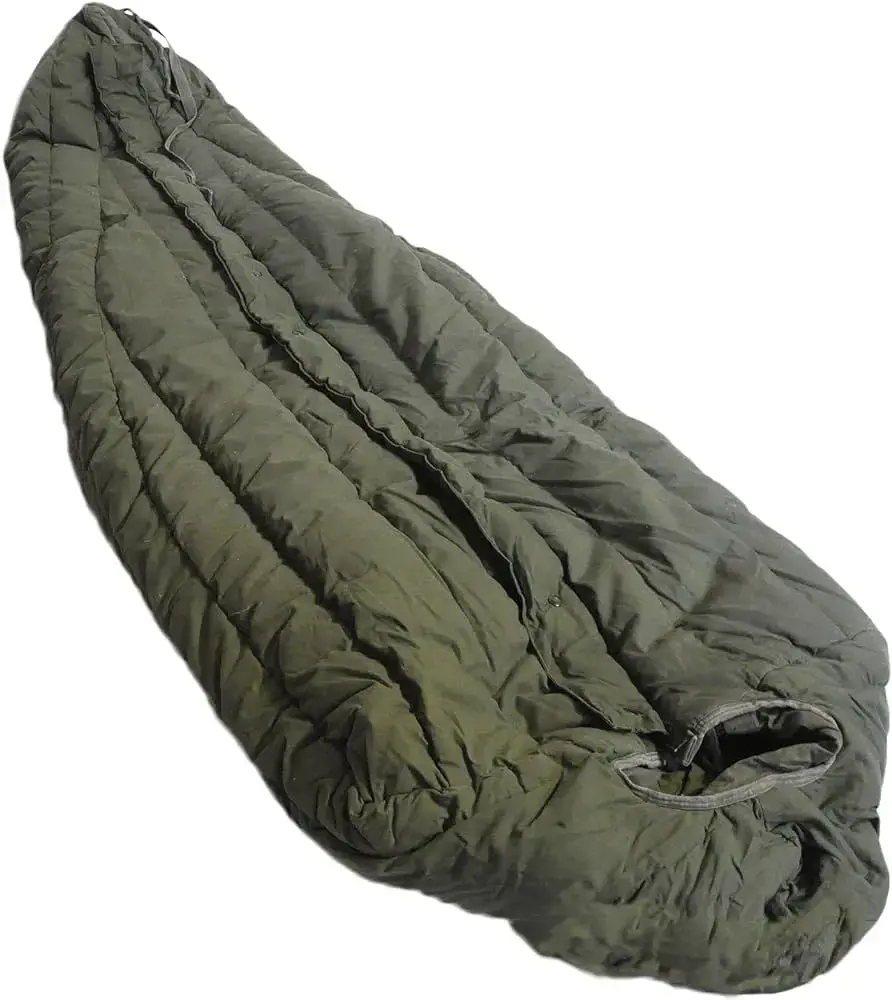
When venturing into subzero temperatures, it is crucial to choose the right sleeping bag to ensure a comfortable and safe sleeping experience. The right sleeping bag can mean the difference between a peaceful night's sleep and a freezing, sleepless night. So what type of sleeping bag is recommended for subzero temperatures?
In subzero temperatures, it is important to choose a sleeping bag that offers exceptional insulation. The two main types of insulation used in sleeping bags are down and synthetic fill. Down insulation is known for its exceptional warmth-to-weight ratio and compressibility. It is made from the fluffy feathers found underneath the outer feathers of ducks and geese. On the other hand, synthetic fill is made from polyester fibers that mimic the insulating properties of down. While synthetic fill may not have the same warmth-to-weight ratio as down, it does retain its insulating properties even when wet, making it a good choice for wet or humid climates.
When selecting a sleeping bag for subzero temperatures, look for one with a temperature rating that matches your expected nightly lows. The temperature rating indicates the lowest temperature at which the bag will keep you warm. For subzero temperatures, you'll want a sleeping bag rated at -20 degrees Fahrenheit or lower. Keep in mind that personal preference and metabolism can also affect how warm or cold you feel, so it is always better to err on the side of caution and choose a bag with a lower temperature rating than you expect to encounter.
The shape of the sleeping bag is also an important consideration. Mummy-shaped sleeping bags are the most effective in extremely cold weather as they have a snug fit that helps retain body heat. These bags have a narrow foot box and taper towards the top, which reduces the amount of empty space that needs to be heated. Additionally, mummy-shaped bags often have a hood that can be cinched around your head to prevent heat loss from the most vulnerable part of your body.
To further enhance the insulation of your sleeping bag, consider using a sleeping bag liner. A sleeping bag liner can add an additional layer of warmth by trapping body heat and providing extra insulation. Liners are available in various materials, such as fleece or silk, with different weight options to suit personal preferences and the particular temperature conditions you expect to encounter.
In conclusion, when preparing for subzero temperatures, it is essential to choose a sleeping bag that offers exceptional insulation, has a temperature rating of -20 degrees Fahrenheit or lower, and has a mummy-shaped design to maximize heat retention. Additionally, consider using a sleeping bag liner to add an extra layer of warmth. By selecting the right sleeping bag, you can ensure a comfortable and restful night's sleep even in the harshest of cold weather conditions.
Essential Items for a Memorable Camping Trip to Catalina Island
You may want to see also

Are there any specific food and cooking items that should be included in a subzero camping packing list?
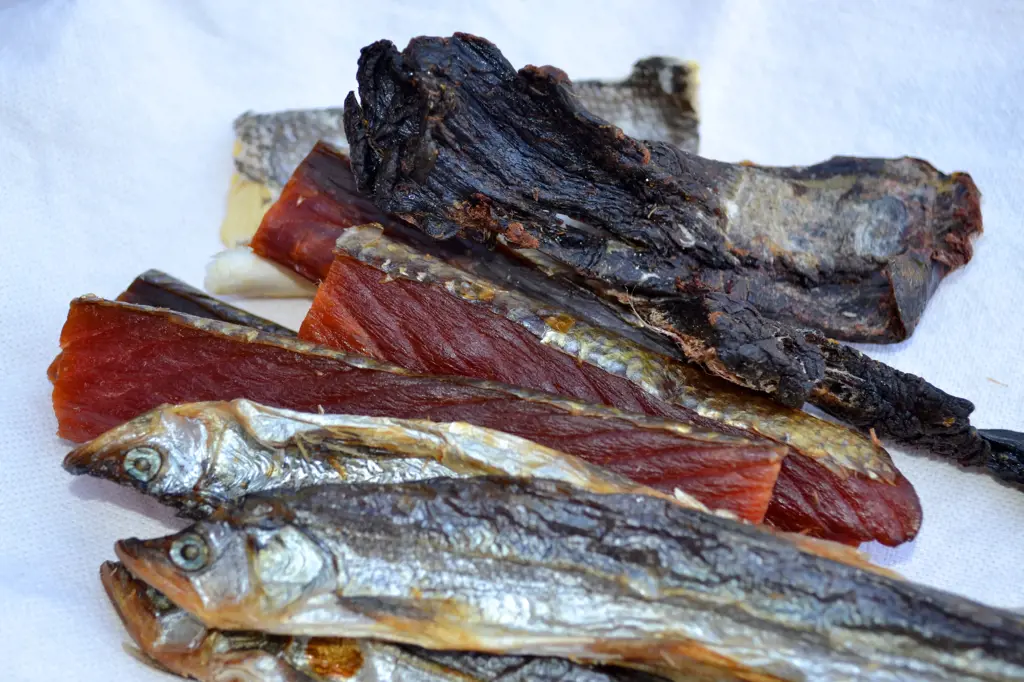
When planning a camping trip in subzero temperatures, it is crucial to pack the right food and cooking items to ensure a safe and enjoyable experience. In this article, we will discuss some specific food and cooking items that should be included in a subzero camping packing list.
- Insulated Food Containers: When camping in freezing temperatures, it is essential to keep your food warm. Insulated food containers or thermoses are ideal for storing hot soups, stews, or beverages. These containers will help retain the heat and prevent your food from freezing.
- Freeze-Dried Meals: Freeze-dried meals are a popular choice for camping in subzero temperatures. They are lightweight, easy to prepare, and have a long shelf life. Simply add boiling water to the freeze-dried meal, and it will rehydrate and become ready to eat within minutes. This is a convenient option for campers who want to save time and minimize cooking in extreme cold conditions.
- High-Energy Snacks: When camping in cold weather, it is important to consume high-energy snacks to keep your body warm and fueled. Consider packing snacks such as nuts, dried fruits, energy bars, and trail mixes. These snacks are packed with nutrients and calories that will provide you with the energy needed to withstand the cold.
- Insulated Water Bottles: Staying hydrated is crucial in subzero temperatures. Insulated water bottles are excellent for keeping your beverages from freezing. Look for models with double-wall construction and vacuum insulation to maintain the temperature of your drinks for longer periods.
- Cooking Stove: A reliable camping stove is essential when camping in subzero temperatures. Look for a stove that is designed for cold weather and has a high heat output. Liquid fuel stoves tend to perform better in extreme cold conditions compared to canister stoves, as they are less affected by temperature fluctuations.
- Cooking Utensils: Pack a set of insulated cooking utensils specifically designed for cold weather camping. These utensils are made from materials that do not conduct heat, making them safe to handle even with frozen hands. Additionally, ensure you have a sturdy pot or pan with a lid to cook your meals properly.
- Fuel: Make sure to carry extra fuel for your camping stove, as you may need more fuel in subzero temperatures to maintain the desired cooking temperature. Keep the fuel bottles insulated to prevent the fuel from freezing.
- Firestarter: In extreme cold conditions, starting a fire can be challenging. Pack reliable firestarters such as waterproof matches, lighters, or fire starters made of compressed wax. These will help you start a fire even when the temperature is well below freezing.
- Freezer Bags: Freezer bags are handy for storing food items that may be susceptible to freezing, such as fresh fruits, vegetables, and eggs. These bags are thicker and more durable than regular ziplock bags, offering better protection against frostbite.
- Heat Packs: Heat packs are a great addition to your subzero camping packing list. These small, portable heat packs can be activated by shaking or applying pressure, providing instant warmth when placed in gloves, boots, or pockets.
Remember, safety should always be the top priority when camping in subzero temperatures. Make sure to pack enough warm clothing, proper shelter, and emergency supplies in case of unforeseen circumstances. Additionally, familiarize yourself with cold weather camping techniques and seek advice from experienced campers or outdoor experts before embarking on your subzero camping adventure. Stay warm and enjoy your winter camping experience!
Essential Items to Pack for a Trip to Sharm El Sheikh
You may want to see also

What type of footwear is best suited for subzero camping conditions?
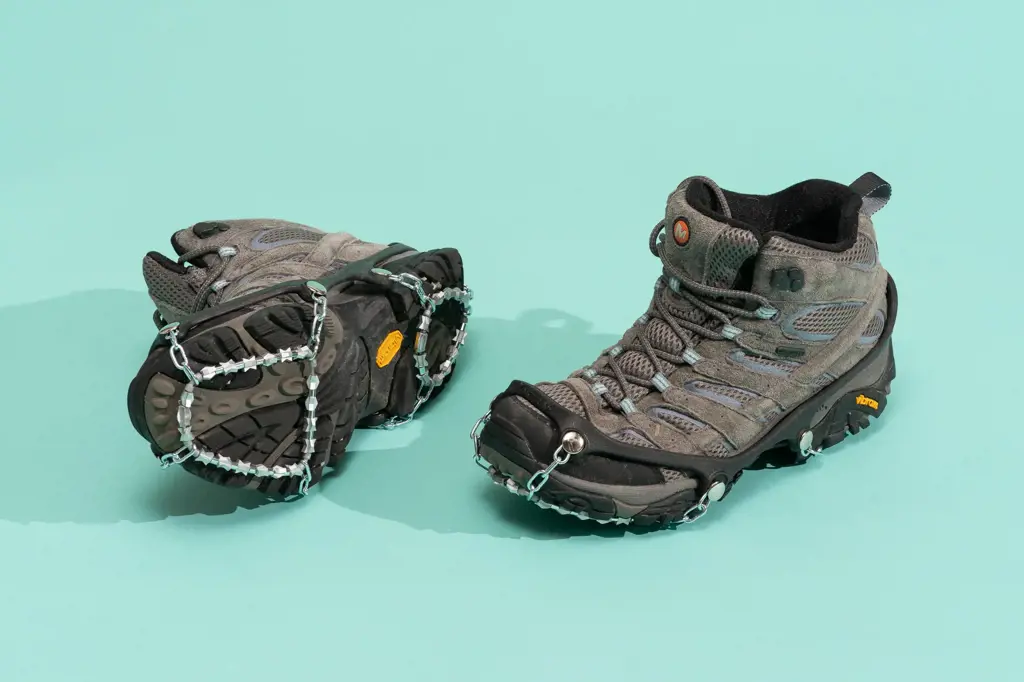
When camping in subzero conditions, it is crucial to have the right footwear to keep your feet warm, dry, and protected. The extreme cold temperatures can pose a serious risk of frostbite and other cold-related injuries if proper precautions are not taken. In this article, we will discuss the best type of footwear for subzero camping conditions, taking into consideration scientific findings and real-life experiences.
- Insulation: One of the most important features of footwear for subzero camping is insulation. Insulated boots or shoes are designed to keep your feet warm by trapping and retaining heat. Look for boots with materials such as Thinsulate or PrimaLoft, which provide excellent insulation properties. It is also important to consider the insulation's thickness, as a thicker layer will generally offer more warmth.
- Waterproofing: Another crucial factor is waterproofing. Snow, ice, and slush are common in subzero conditions, and having waterproof boots is essential to keep your feet dry. Wet feet can quickly lead to discomfort, coldness, and even frostbite. Look for boots with Gore-Tex or other waterproof membranes, which will keep water out while allowing moisture to escape, keeping your feet dry and comfortable.
- Traction: Walking on slippery surfaces is a challenge in subzero conditions, so having good traction on your footwear is vital. Look for boots with aggressive outsoles that offer excellent grip on icy and slippery terrain. Some boots come with special rubber compounds or built-in cleats for enhanced traction on ice. Additionally, consider crampons or yak-tracks which can be attached to your boots for additional grip on icy surfaces.
- Fit and Size: It is important to have well-fitting footwear for subzero camping. Boots that are too tight can restrict blood circulation, leading to cold feet, while boots that are too loose can cause blisters and discomfort. Make sure to try boots on with appropriate socks to ensure the right fit. It is also a good idea to consider going a half or full size up to accommodate thicker socks or additional insulation in extremely cold conditions.
- Layering and Accessories: Layering is not only essential for clothing but also for foot protection in subzero camping conditions. Wear moisture-wicking socks as a base layer to keep your feet dry and prevent moisture buildup. Merino wool or synthetic socks are excellent choices for their moisture-wicking properties. Consider wearing a thick wool or fleece liner sock for added insulation. Additionally, using gaiters can help keep snow out, while toe warmers or heated insoles can provide extra warmth in extremely cold temperatures.
In conclusion, when camping in subzero conditions, having the right footwear is crucial for keeping your feet warm, dry, and protected. Choosing insulated and waterproof boots with good traction, the right fit, and appropriate layering can make a significant difference in your comfort and safety. Remember to consider the specific requirements of your camping trip and consult with experienced campers or experts for further advice. Stay safe and enjoy your subzero camping adventure!
Essential Items to Pack in Your Hospital Bag for a Short Stay
You may want to see also

Are there any additional equipment or gear items that are necessary for subzero camping trips?
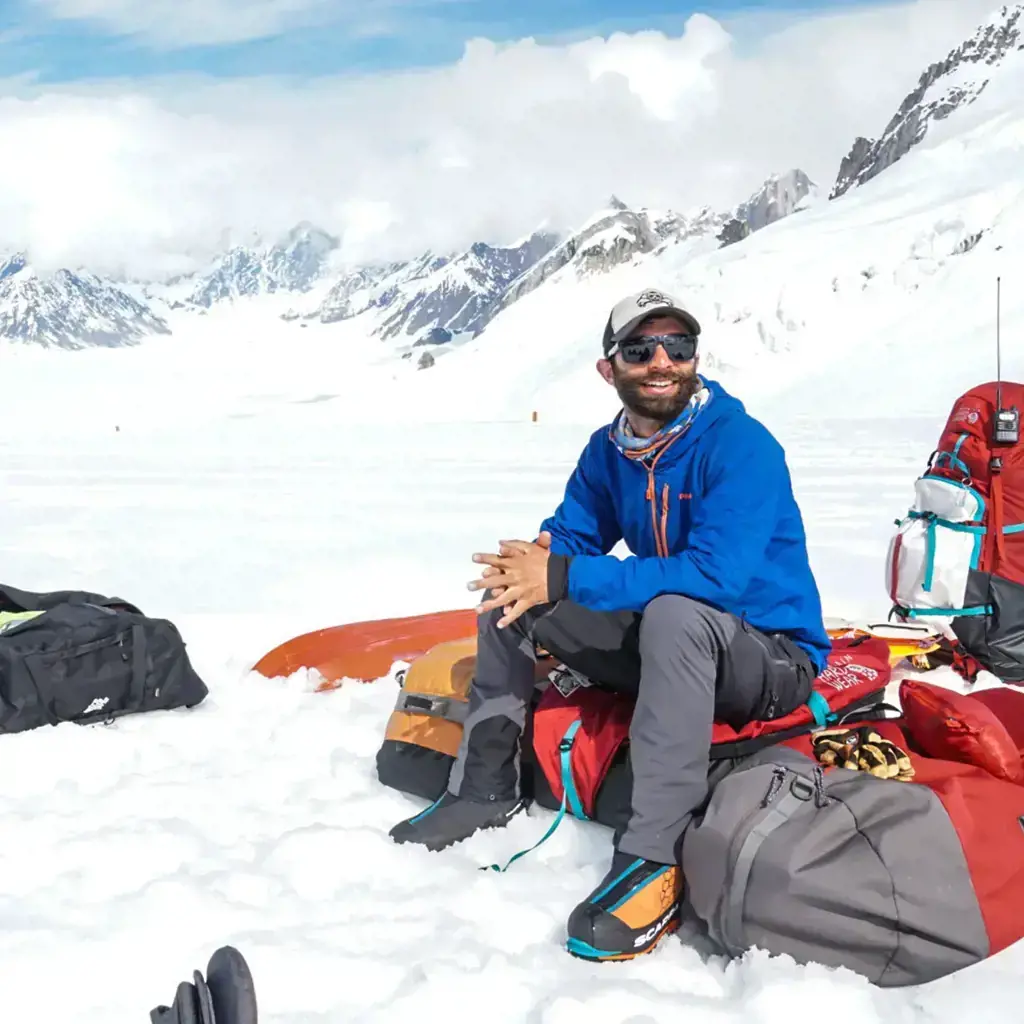
Subzero camping trips can be an exhilarating experience for outdoor enthusiasts. However, in order to stay safe and comfortable in such extreme conditions, it is important to have the right equipment and gear. While the basic camping essentials remain the same, there are some additional items that are necessary for subzero camping trips. Let's take a closer look at these essential gear items.
- Down Sleeping Bag: A high-quality down sleeping bag is a must-have for subzero camping trips. Down insulation provides exceptional warmth and is known for its compressibility, making it easier to pack and carry. Look for a sleeping bag with a temperature rating suitable for the expected subzero temperatures you will encounter.
- Insulated Sleeping Pad: To insulate yourself from the cold ground, an insulated sleeping pad is essential. It provides an additional layer of insulation and prevents heat loss through conduction. Look for a sleeping pad with a high R-value, which indicates its ability to insulate against cold temperatures.
- Layered Clothing: Dressing in layers is crucial to regulate your body temperature in subzero conditions. A base layer made of moisture-wicking material helps to keep your skin dry. The middle layer should provide insulation and trap body heat, while the outer layer should be windproof and waterproof to protect you from harsh weather conditions.
- Insulated Jacket and Pants: A high-quality insulated jacket and pants are essential for staying warm in subzero temperatures. Look for jackets and pants with synthetic or down insulation that provide excellent warmth without adding too much bulk. Consider features like adjustable hood, cuffs, and waist to help trap heat and prevent cold air from entering.
- Winter Boots: Your regular hiking boots may not be suitable for subzero camping trips. Opt for winter boots with excellent insulation, a waterproof and windproof outer shell, and a rugged sole for traction on icy or snowy terrain. Make sure they have room for extra layering and are comfortable enough for long hikes in cold conditions.
- Headlamp with Extra Batteries: With limited daylight in subzero conditions, a headlamp is essential for navigating and performing tasks in the dark. Make sure to pack extra batteries as cold temperatures can drain the battery life quicker.
- Hand and Toe Warmers: When camping in subzero temperatures, it is essential to keep your extremities warm. Hand and toe warmers provide instant heat and can be a lifesaver on chilly nights. These small disposable packets are activated by air and can provide warmth for several hours.
- Snowshoes: If you are camping in snowy areas, having a pair of snowshoes can make traversing through deep snow much easier. Snowshoes distribute your weight over a larger surface area, preventing you from sinking into the snow. They also provide better traction and stability.
- Gaiters: Gaiters are protective coverings that go over your boots and lower legs to keep snow, water, and debris out. They are particularly useful in deep snow or wet conditions. Look for gaiters made of waterproof and breathable material to keep your feet dry and warm.
- Multi-fuel Stove: In subzero temperatures, regular gas canisters may not work efficiently. Having a multi-fuel stove that can burn various fuel types, such as liquid fuel or canister fuel, ensures you have a reliable heat source for cooking and melting snow for drinking water.
Remember, subzero camping trips require careful planning and preparation. Research the expected weather conditions, ensure you have the necessary skills and knowledge for the trip, and always check local regulations and safety guidelines. With the right equipment and gear, subzero camping can be a thrilling and memorable experience.
Essential Items to Pack for an Unforgettable 3-Week Adventure in Peru
You may want to see also
Frequently asked questions
When packing for subzero camping, it is crucial to bring clothing that will keep you warm and protected from the cold temperatures. Start with a good base layer made of moisture-wicking material like merino wool or synthetic fabric. Layer up with insulating mid-layers such as fleece or down jackets. Make sure to pack thermal underwear, warm socks, gloves, a hat, and a scarf or neck gaiter to cover exposed skin. Lastly, bring a waterproof and insulated outer layer to protect against wind, snow, and moisture.
For subzero camping, it is vital to have proper sleeping gear to stay warm throughout the night. Invest in a high-quality four-season sleeping bag that is rated for subzero temperatures. Ensure that the sleeping bag is well-insulated and has a hood to trap warmth. Consider using a sleeping bag liner to add an extra layer of insulation. Additionally, bring a sleeping pad or an insulated mattress to insulate yourself from the cold ground, and consider using a bivvy sack or tent with a snow skirt to protect against wind and snow.
When it comes to food and water for subzero camping, there are a few considerations to keep in mind. Opt for calorie-dense and non-perishable food items since cold temperatures can affect the spoilage of fresh food. Bring foods that are easy to prepare and do not require much cooking time. Pack high-energy snacks like nuts, dried fruits, and protein bars to maintain your energy levels. As for water, make sure to pack an insulated water bottle or a thermos to prevent the liquids from freezing. Consider using insulated water reservoirs or bottles with insulating sleeves to keep your water drinkable throughout the day.







